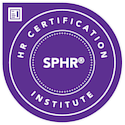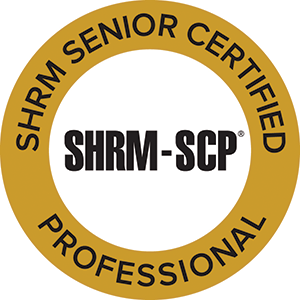In California, every employer with 10 or more employees is required by the State (Cal/OSHA) to have an effective Injury and Illness Prevention Program (IIPP). This program must be a written plan that includes policies and procedures on topics such as safe work practices, periodic inspections, what to do in the event of an accident, safety training, workplace threats, and recordkeeping.
The plan should be periodically updated and communicated to employees on a regular basis.
In addition to the plan, and in light of these stressful times, there are a number of preventive actions employers can take to promote a safe and healthy work environment for employees.
Here are some tips:
Offer mental health awareness and resources. Many employees are struggling to adjust to being back in the office. Commute woes (and gas prices), childcare issues, change in routine, rusty social skills, in some cases a change in job role or management, fear of another COVID wave, etc.
Recognize this and provide resources, e.g., a Lunch & Learn where a wellness expert speaks to employees about general mental health awareness and ways to relieve stress. In many cases, your Employee Assistance Program (EAP) can provide access to wellness experts at a low cost or no cost to the employer. If your insurance plan offers an EAP, be sure employees know about it and encourage them to take advantage of it. As a leader, let your employees know that you are available if they need a sounding board. Be flexible in adapting work schedules/workloads as they work through it.
Also, there is information on the EEOC website about medical accommodations under the ADA.
Promote camaraderie. One of the major causes of stress for employees is the sense of isolation that has built up over the past couple of years during COVID. Research has shown that when people have strong social connections at work they are happier and healthier which can translate into higher motivation and engagement. Many companies offer new hires a buddy to assist them during the on-boarding process. This is especially important for employees who will be working remotely.
Build connections via non-work-related group activities, such as a walking group. Walking is a no-cost, accessible activity that requires no equipment and has the added benefit of the great outdoors. Promoting these connections is especially important for those employees who may have started with the organization via Zoom. Walking, as an example, is something that any employee can do whether working remotely or in the office.
Watch for signs. If you notice changes in the behavior of one of your employees – e.g., lashing out at others, isolating, frequent tardiness or absence, deteriorating performance – initiate a conversation to determine the cause and find out whether, and how, you can help. Sometimes all the person needs is someone to listen and/or a referral to available resources. And other times, it could be more than that.
Remember, an employer is obligated to begin the interactive process and possibly provide a medical accommodation under the ADA for anyone who may become disabled due to their mental health condition and is under their doctor’s care. It’s important to check in with your employees to see whether stress is impeding their ability to perform their work. So, if you see something, say something. Don’t wait.
For additional ideas on how you can support employee wellness, check out this Fast Company article.
If you need help implementing these or other preventive measures, please contact me at michelle@connecttohr.com





